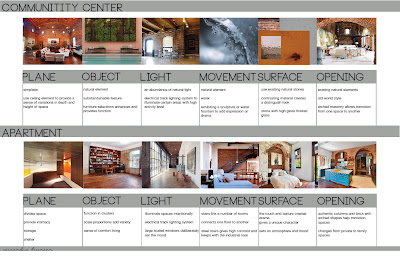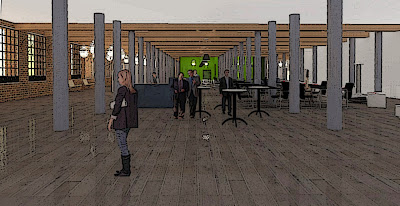METROPOLIS
Susan
is Editor in Chief for the world-renowned architecture and design magazine Metropolis. She graciously constructed a
presentation while on tour for the
“Inclusive Design for the Next Generation competition!” As she took the podium she is a modest, humble
and honest soul…she began to speak from her heart. With a spirit of service she shares with us
that she’s just brunt out on design contents that simply encourages creating,
building pretty worthless things, spaces.
She feels that design is more than styling and more about human
concerns. So, how does good design
derive? Susan’s short answer and theory
is, “through an interest in social and
ethological conditions”.
She
plays a short film and introduces her audience to several teams of people whom
had an interest in this very thing, or simply asked a question. We learn that Genware, the Hydro Wall, Lunar
Residence Streetlights, and the Solar Façade are all fascinating inventions by
people who perhaps recognized a problem, asked themselves a question and used
technology to solve the problem. Careful
not to believe that technology solved the problem, only helped. We understand and it’s demonstrated that
there are “NO limits to human imagination” .
I am
also intrigued that Susan unveils common mistakes / obstacles that often
prohibit many of us from moving forward with our creations. She identifies “Funds” or the lack of, would
be the number one obstacle that many of us face when we set out to design. Therefore, she explained that one could have
to fund one’s very own project. Also,
bringing in investors would be a strongly urged to jumpstart a project.
Question
: “How
do you step into the dialogue of sustainability?” Susan encourages her audience to
“think of a built environment in an organic perspective”. She believes that incorporating multiple
disciplines when designing a building is really the best approach from the
start.
Question : Do
we allow outdated technology and methods dictate our level of thinking and
doing? Or, do we rise to the occasion and
utilize recent discoveries in technology to advance in sustainability? How do you make a building breathe on it’s
own, produce it’s own heat?
Design
has to be at the center of solving problems?
Where
will I fit in the dialogue?




















































